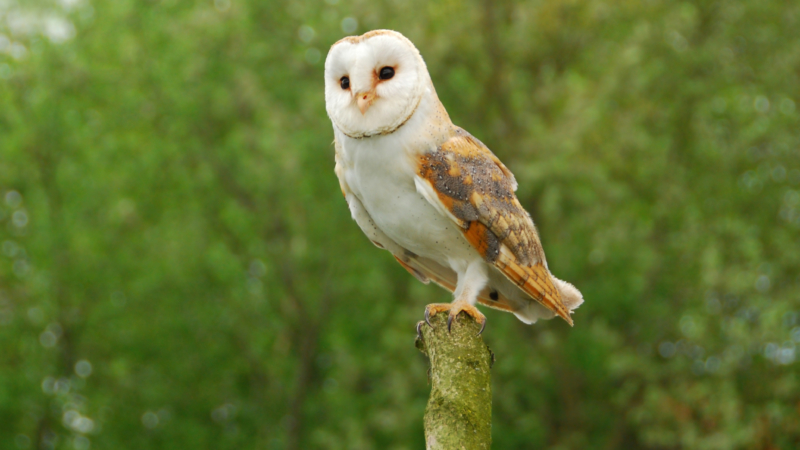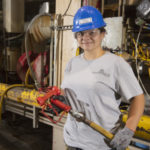Florida Sugar Producers Give a Hoot About Pest Control
The sugarcane fields of south Florida are home to more than just high-quality sugar.
The tall stalks provide a habitat to countless creatures that call the region home. Birds, reptiles, and small mammals all live in the farm fields, sharing their habitat with humans who grow cane.
It’s been like this since sugarcane was commercially cultivated in the region nearly a century ago.
And farmers in the area, by nature, love the environment and the animals it sustains. The soil, sun and rain in Florida bring to life the crops they raise. Protecting that environment is just as important to sugarcane farmers as the crop that flourishes in Florida.
But some of the critters that live among the stalks can cause problems for sustainable and efficient cane harvesting. Rats and mice chew on the stalks, often damaging a significant percentage of the crop.
That means farmers had to spend time and energy working to protect their crops from the pests. In the past, they’ve used the same methods you might use at home to rid your property of rodents. But those methods were expensive and, in some cases, inefficient. Traditional applications used to combat rodents required multiple treatments and would dissolve and become ineffective with rain.
Enter the barn owl – and a widespread local sustainable farming practice that got its start from a humble high school science fair project back in 1994.
As that project noted, barn owls native to the Florida sugar area love to nest in tight spaces, like the rafters and eaves of barns. They also eat mice – by the thousands. And the fact that a pair of owls were shown to eat as many as 5,000 rodents in a year was music to the sugarcane farmers’ ears.
Dr. Richard Raid, of the University of Florida, took that science fair project and expanded it to what has become a great method for controlling rodents in cane fields. His work even won him a special achievement award from the World Owl Hall of Fame in 2019.
Since Dr. Raid expanded upon the local science project, thousands of local students have built barn owl boxes and installed them in sugarcane fields.
The first-generation wooden boxes have been replaced with plastic boxes because bees also found them to be a good home. The bees disturbed the owls and presented a danger for workers. The bees don’t seem to like the plastic boxes, but the owls do.
Florida Crystals Corporation and the independent growers in the area are big believers in the project, using barn owl boxes in most of their fields.
“We basically upgraded from wooden birdhouses to sturdier condos,” says Marianne Martinez, the company’s vice president of corporate communications.
Moramay Naranjo, principal scientist, is over the project at Florida Crystals.
The most recent owl census showed of the 126 boxes, 92 of those currently contain nesting owls. Naranjo is measuring the ability of the owls to control rodents and has plans to expand.
Naranjo says using the owls is a win-win for farmers and the environment.
“I’m so excited,” she says. “I am helping those families of owls. They have a cute and unique face. I feel so proud because we are helping everything – the ecosystem, the environment and at the same time we are protecting our farms.”
And that is what sustainability is all about.



